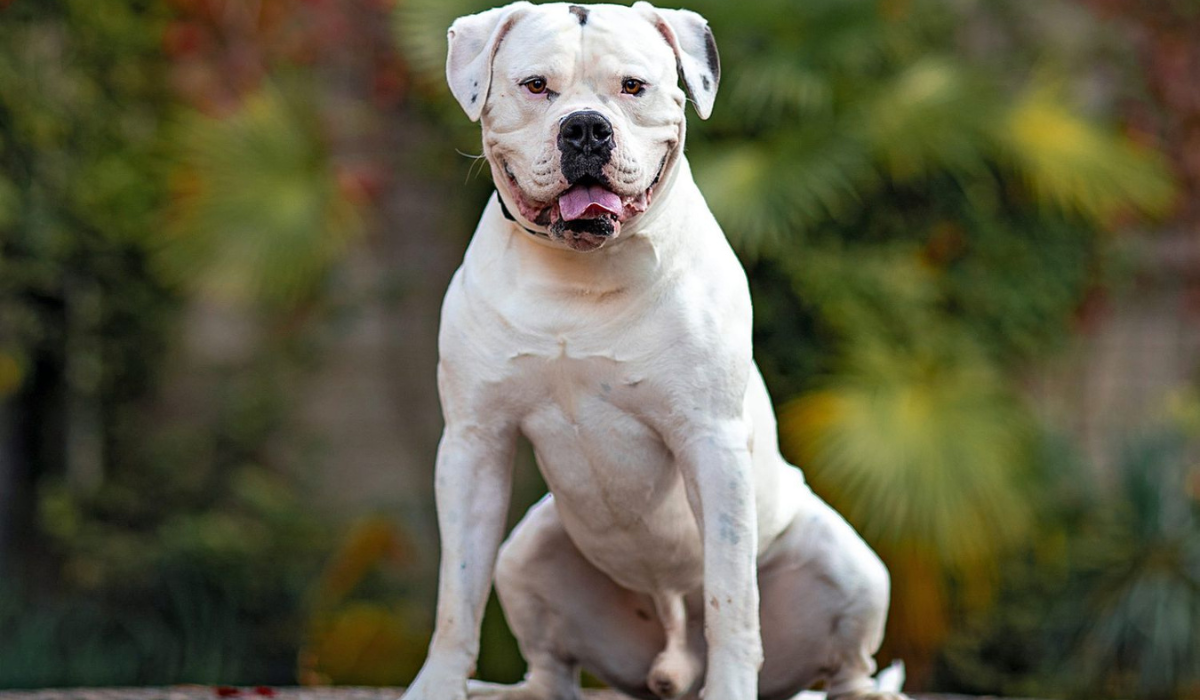As a breed that combines elegance with a calm and friendly demeanor, the Clumber Spaniel has a distinctive appearance and a gentle demeanor. The purpose of this article is to examine the Clumber Spaniel, from its historical origins to its key features, adaptability to weather changes, and a balanced analysis of its pros and cons.
Clumber Spaniel details:
Clumber Spaniels are large, sturdy breeds known for their robust build and distinctive appearance. Females are slightly smaller than males, standing between 17 and 20 inches at the shoulder. Clumber Spaniels weigh between 55 and 85 pounds and have a powerful body, a broad head, and a deep chest. White with lemon or orange markings, their coat is dense, straight, and water-resistant. The breed’s expressive eyes and low-set, long ears contribute to its charming and friendly appearance.
A brief history:
Clumber Spaniels were developed as hunting dogs for aristocracy in 18th-century England. The breed was named after Clumber Park in Nottinghamshire, where the Duke of Newcastle favored them. They are excellent retriever dogs, particularly for birds of prey in dense cover. The Clumber Spaniel breed was selectively bred for their retrieval abilities. As a result of their deliberate and slow working style, they were able to navigate challenging terrain with ease. In 1884, the American Kennel Club (AKC) recognized the breed.
Features include:
An affectionate and gentle nature is characteristic of Clumber Spaniels. In addition to their strong family bonds, they are often described as friendly and good-natured.
With their low center of gravity and robust, muscular build, the breed is strong and stable. Historically, the Clumbers were used as hunting and retrieving dogs.
Eyes and ears convey intelligence and warmth, while the Clumber’s low-set, long ears enhance the breed’s distinctive appearance. A charming and friendly expression is enhanced by these features.
Changes in weather and adaptability:
With their dense, water-resistant coats, Clumber Spaniels generally adapt well to different climates. It is important to keep in mind that these animals are sensitive to extreme temperatures. Provide shade during peak heat periods, stay hydrated, and avoid strenuous exercise during these times. Clumbers may appreciate additional protection in colder weather, such as a doggy sweater.
Clumber Spaniels have the following advantages:
-
The Clumber Spaniel is known for its gentle and sociable temperament, making them a wonderful companion for both families and individuals.
-
They are known for their loyalty and devotion to their families and form strong bonds with them.
-
In addition to being excellent hunting and retrieving dogs, Clumber Spaniels are adaptable and can be used as family pets and therapy dogs as well.
-
Built Sturdily: The Clumber’s sturdy and powerful construction makes it a reliable and enduring companion.
The cons of owning a Clumber Spaniel include:
-
In order to avoid boredom and weight gain, Clumber Spaniels need moderate exercise.
-
Regular grooming is required to prevent mats and tangles in the breed’s dense coat. Brushing is essential, especially in the ears and feathered areas.
-
Certain health issues may affect clumbers, including hip dysplasia and eye conditions. It is crucial to have your pet checked by a veterinarian regularly.
-
Clumber Spaniels are sensitive to extreme temperatures because of their dense coats. When the weather is hot or cold, owners should take precautions.
The Clumber Spaniel is a breed that combines strength with gentleness and affection. Clumber Spaniels bring a unique blend of versatility and charm to households because of their history as skilled hunters and retrievers. Maintaining a harmonious and fulfilling relationship with this delightful and enduring breed requires regular grooming, exercise, and attention to their health needs.









